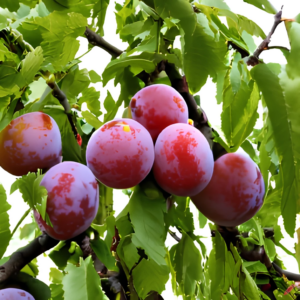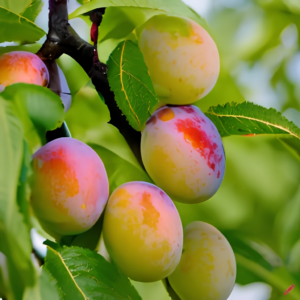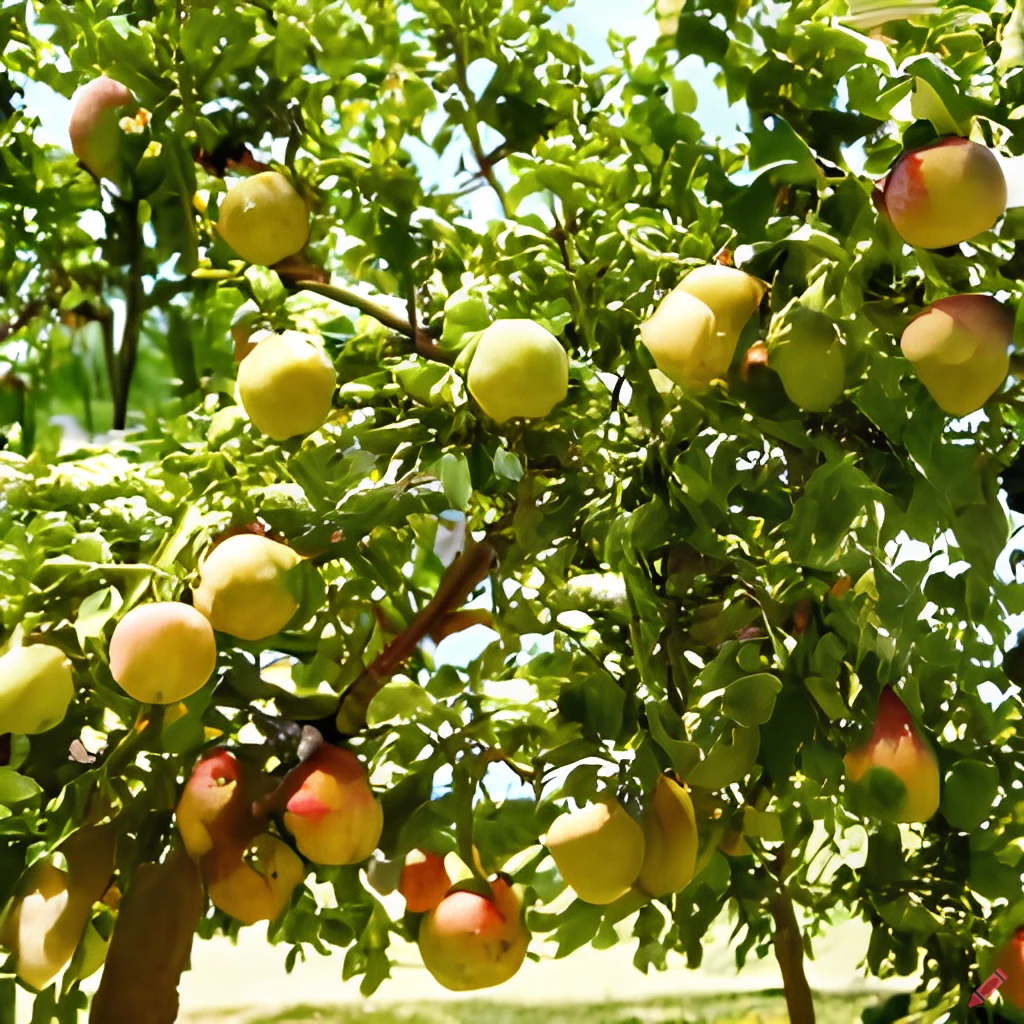
Growing a plum tree from a bare root plant can be a rewarding experience. It requires some careful planning, patience, and attention, but the end result is a beautiful and fruitful tree. Here are some tips on how to care for and grow a plum tree from a bare root plant.
- Choose the right time to plant The best time to plant a bare root plum tree is in late winter or early spring, before the tree starts to bud. This allows the tree to establish its root system before the hot summer weather arrives. Make sure the soil is workable and not too wet or too dry.
- Prepare the soil Choose a sunny location with well-drained soil. Dig a hole that is twice the width of the root system and deep enough to accommodate the roots without bending or crowding. Mix compost or aged manure into the soil to improve its fertility and structure.
- Soak the roots Before planting, soak the roots of the bare root tree in a bucket of water for a few hours. This will help the roots absorb water and prepare them for planting.
- Plant the young tree: Dig a hole twice as wide as the root ball and slightly deeper than the soil level in the container. Gently remove the young tree from its container and loosen any tangled roots. Place the tree in the hole, making sure the graft union (a bulge near the base of the trunk where the scion is attached to the rootstock) is at least 2 inches above the soil level. Backfill the hole with soil, tamping it down lightly to eliminate air pockets. Water the tree thoroughly.

Plum Tree - Stake the tree: If the young tree is tall or has a slender trunk, it may need support until it becomes established. Drive a sturdy stake into the ground next to the tree, taking care not to damage the roots. Secure the tree to the stake with a soft tree tie, leaving enough slack for the trunk to move slightly in the wind.
- Water regularly: Plum trees need regular watering, especially during the first year after planting. Water deeply once or twice a week, depending on rainfall and soil type. Avoid overwatering, which can cause root rot. A layer of organic mulch around the base of the tree can help retain moisture and suppress weeds.
- Fertilize the tree: Apply a balanced fertilizer in early spring and again in late summer to provide the tree with necessary nutrients.
- Prune the tree: Once the tree is established, you can start pruning it to promote healthy growth and fruit production. Prune during the dormant season (late winter or early spring) and remove any damaged or diseased branches.
- Harvest the fruit: Plum trees typically bear fruit in the summer, and you can harvest it when it is ripe. The fruit should be slightly soft to the touch and have a deep color.
